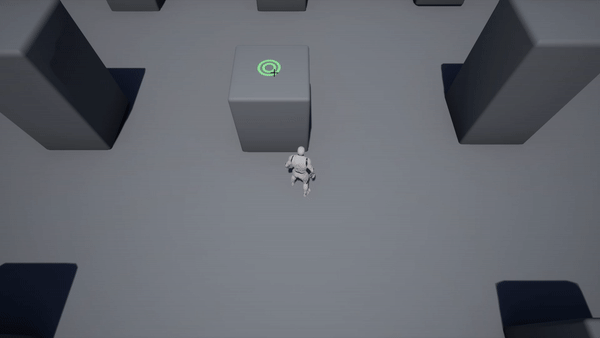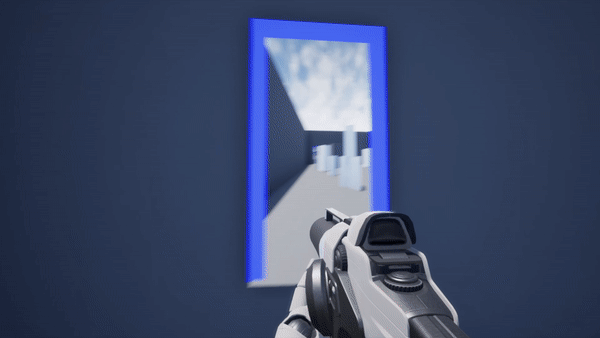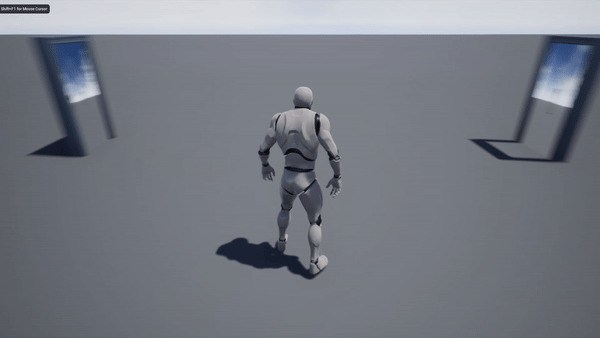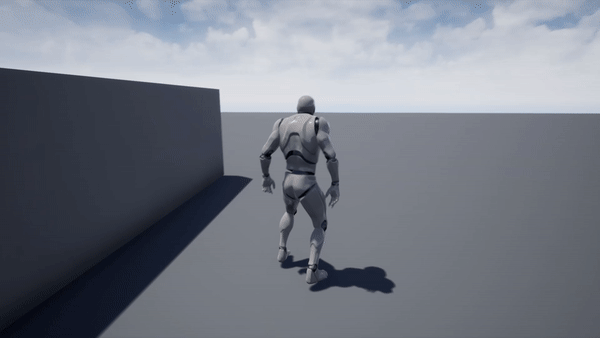ABOUT THE PROJECT
In this Futuregames project I experiment with four teleportation mechanics in different formats,
as a focus object to find what affordances they provide to the player.
• Role: Gameplay & UX Designer
• Project Length: 1 week
• Engine: Unreal Engine 4
• Team Size: 1 (solo)
As solo developer on this project I was responsible for creating and implementing
all the visual scripting in these prototypes.
Mouse Freeform Teleport
Having the freedom to teleport a character to anywhere your mouse is provides a lot of control for the player. My example is an unrestricted teleport that doesn’t require any conditions, but even with limiting conditions the mechanic would do a good job of connecting the player’s input with the events of the game due to its precision. I imagine this concept working especially well for roleplaying games, where the goal is for the character to be an extension of the player.


Portal Gun
Having the ability to manually place portals that are connected to each other promotes a playful environment. As in the game Portal (2007) this fun mechanic invites the players to push it to its limits by allowing them to come up with their own interesting combinations and outcomes. This volitional engagement can be used effectively to reward creativity, especially in puzzle games with many possible solutions.
Static Portals
Teleporting a character between static locations does not offer a lot of engagement. On its own, this mechanic isn’t much more than a means to reach a specific location quickly. Static portals are a common mechanic that is used for traversal in many games, and while it effectively speeds up movement and unlocks possibilites for new areas to be explored the mechanic in itself is not what is interesting. The goal is what’s on the other end of the portal, and the portal itself only becomes an instrument of getting there.


Straight Distance
Teleporting the player in a straight line provides a means of quick relocation, effectively making it an instant dash. However, without visual aid it is hard to predict where the character will end up, which can be disorienting. Before having an accurate approximation of the distance the player is required to use the mechanic a lot. It can nonetheless be used as an interesting puzzle mechanic if it allows you to travel over or through objects that would normally have blocked your progression.
CLOSING THOUGHTS
Developing these prototypes and seeing what affordances they provide was a very useful lesson in designing for the user’s experience. Even though they all serve the same purpose of getting a character from point A to point B they feel very different to use. This project was an eye opener that showed me the value of experimenting to find which experiences I want players to feel.
Thanks for reading about this project, I hope it was interesting!
